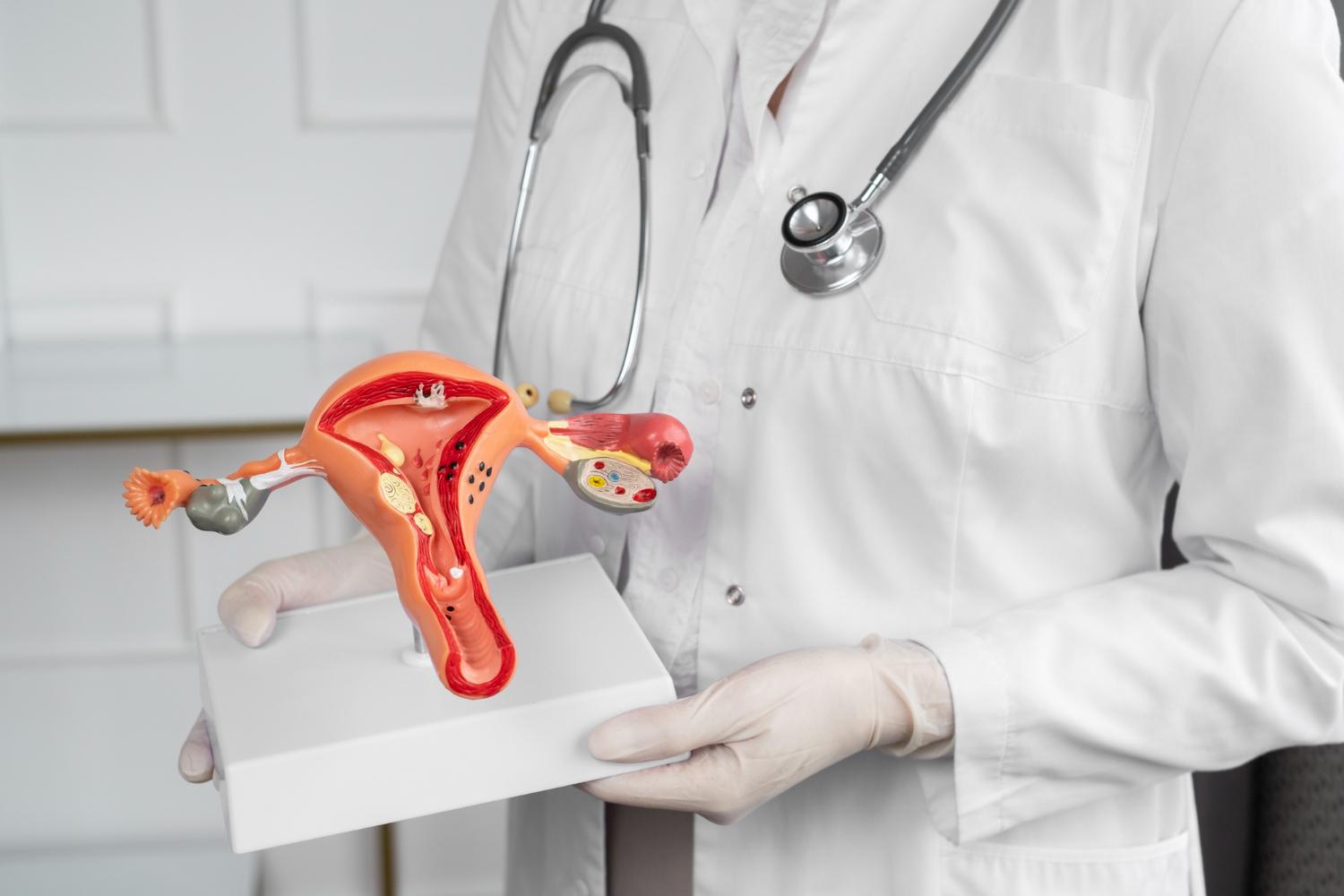Nature made women to reproduce best in their 20’s and 30’s. Unfortunately, there is an unhealthy trend worldwide which has been delaying motherhood for career advancements, higher education opportunities, unstable relationships, medical and even social reasons. The average age at marriage and first pregnancy has been on the rise, and so are divorces and second marriages. This is the basis of our “race against time and nature” as far as getting older women pregnant is concerned. Despite a conscious delay of motherhood, women are unable to reduce their desire for a child. Faced with this disparity, fertility clinics are seeing a rising percentage of advanced Reproductive aged women seeking fertility treatment. (ARA)
Aging ovaries and aged eggs are well known nightmares of reproductive medicine, making it more difficult to achieve a live birth in aged women. There is a definite decline in quantity and quality of oocytes with age. Aged eggs frequently have chromosomal alignment issues, leading to abnormal embryos, which either fail to implant or lead to spontaneous miscarriages. Age-related decline in the number and quality of eggs (ovarian reserve) as well as ovarian response to stimulation, both together pose a very difficult situation. A good quality embryo is a vital determinant in the success of assisted reproduction. There is an increase in embryo-endometrium asynchrony as age progresses, and this further reduces birth rates. Thus age is the most established poor prognostic factor in Assisted Reproductive Techniques (ART).
Advanced Reproductive aged women should be counseled for an aggressive treatment approach such as assisted reproduction in view of their poor oocytes, less-likely ovulation, a deficient corpus luteum and consequently a less-recipient endometrium. Because unfortunately, we have nothing much to offer to fully compensate for age-related fertility decline.
Ovarian reserve estimation has been on the forefront in ART for quite some time now. These tests enable better individualization of treatment to optimize ovarian response. We have to understand that these tests are only markers and cannot be used as absolute criterion to deny fertility treatment to any patient.
What can and cannot be done?
For women over 40, intrauterine insemination (IUI) is associated with very low pregnancy and live birth rates, and patients should be advised to embark on more aggressive treatment options. In a study by Gleicher N, Kushnir VA, et. al., 20141 for women aged 42 and above, 49.7% cycles utilized egg donation, and for women less than 42 years, only 10.2% of cycles were egg-donor cycles. Live birth chances with IVF using self eggs of women above 42 years are termed futile. Futility is described as live birth chances <1% by the American Society of Assisted Reproduction (ASRM).
There is growing evidence that female reproductive function may differ by race. Ethnicity strongly influences the prevalence of several gynecologic diseases. Considering the increasing demand for assisted reproductive technology (ART) as well as the strong influence of ovarian
reserve on ART outcome, it might be found that ovarian reserve may also differ according to ethnic origins.
Ethnicity has been consistently shown to affect ART outcome. Some ethnic groups (Asian, African American, and Hispanic) have significantly lower clinical pregnancy and live birth rates and higher miscarriage rates after ART than whites. Despite younger age and similar embryo quality, Indian American women had a significantly lower live birth rate than white American women in an earlier investigation.
A study by Carlos lglesias et.al. (Fertility Sterility, Vol. 102 No. 1, July 2014)2 included a total of 465 patients who met the inclusion criteria and participated in the study: 229 Spanish (49.2%) and 236 Indian (50.8%). The mean age of women undergoing their first or second IVF cycles was significantly higher in Spanish patients than in Indian patients (37.5 _ 3.3 years vs. 31.5 _ 3.8 years, respectively; P<.001). BMI was significantly lower in Spanish women than in Indian women (22.1 _ 3.1 kg/m2 vs. 24.9 _ 4.3 kg/m2, respectively; P<.001). Significant differences exist between Spanish and Indian women regarding ovarian reserve markers.
Although the Indian women in this study were younger than the matched white Spanish women, they had similar ovarian reserve markers, suggesting 6-year advancement in ovarian aging. The fact that AFC and day 3 FSH levels were similar, but AMH was significantly lower in Indian women—despite being 6 years younger than the Spanish women—may reflect differences in early diagnostic capacity of diminished ovarian reserve.
All ethnic groups had significantly lower clinical pregnancy rates, lower live birth rates after ART, and higher miscarriage/stillbirth rates than white women (P<.001).
Race-dependent differences in the reproductive life cycle have been reported. There is controversy as to whether Asian children mature earlier than white children. Although environmental endocrine disruptors may accelerate the timing of puberty onset, genetic regulation of puberty has been reported to explain at least 50% of the variability in timing.
Regarding the last stages of reproductive aging, as women approach menopause, nonwhite American women were associated with a significantly lower median age at menopause than white American women (49.3 years vs. 51.2 years, respectively; P<.05). Furthermore, time to natural menopause was four times faster in blacks than in whites, indicating that black women enter menopause 2 years earlier than white women. Study by M. Singh assessed the average age of menopause in Indian women as 46 years.3
Each stage of the reproductive life cycle is sensitive to genetic and environmental influences that may correlate with race and ethnicity. Ovaries from Indian women age 6 years earlier than white Spanish women. Ethnicity should be considered to be a risk factor for diminished ovarian reserve, because it has been observed that ART outcomes are less optimal in a population of infertile Indian women compared with white Spanish women. These findings may help clinicians to adequately counsel infertile women about fertility options according to their age and ethnic background, because biologic differences may require medical assistance at earlier stages. Further research is needed to understand whether these differences are genetically determined or whether other contributing factors, such as environment, nutrition, or even lifestyle factors, such as sun exposure–related vitamin D deficiency, play a role.
Egg donation, provokes a debate not only on reproductive technology and advancements, but also about gender inequality, ethics, economics and is fraught with emotions. It is the last resort to motherhood for women when nothing else seems to be working. With excellent success rates, it is already an established treatment for older women and poor responders.
An active pursuit of more effective treatments like ovarian transplantation, autologous mitochondrial transfer, stem cell based neo-oogenesis and artificial gametes is needed. More research is needed to determine whether these approaches are a realistic paradigm in the management of older women with depleted ovarian reserve.
References
- Gleicher N, Kushnir VA, et. al., 2014
- Carlos Iglesias et.al. (Fertility Sterility, Vol. 102 No. 1, July 2014)
- Singh, PubMed 2012






Share :